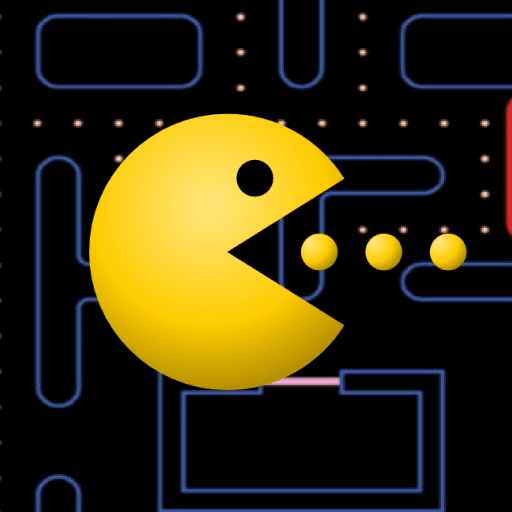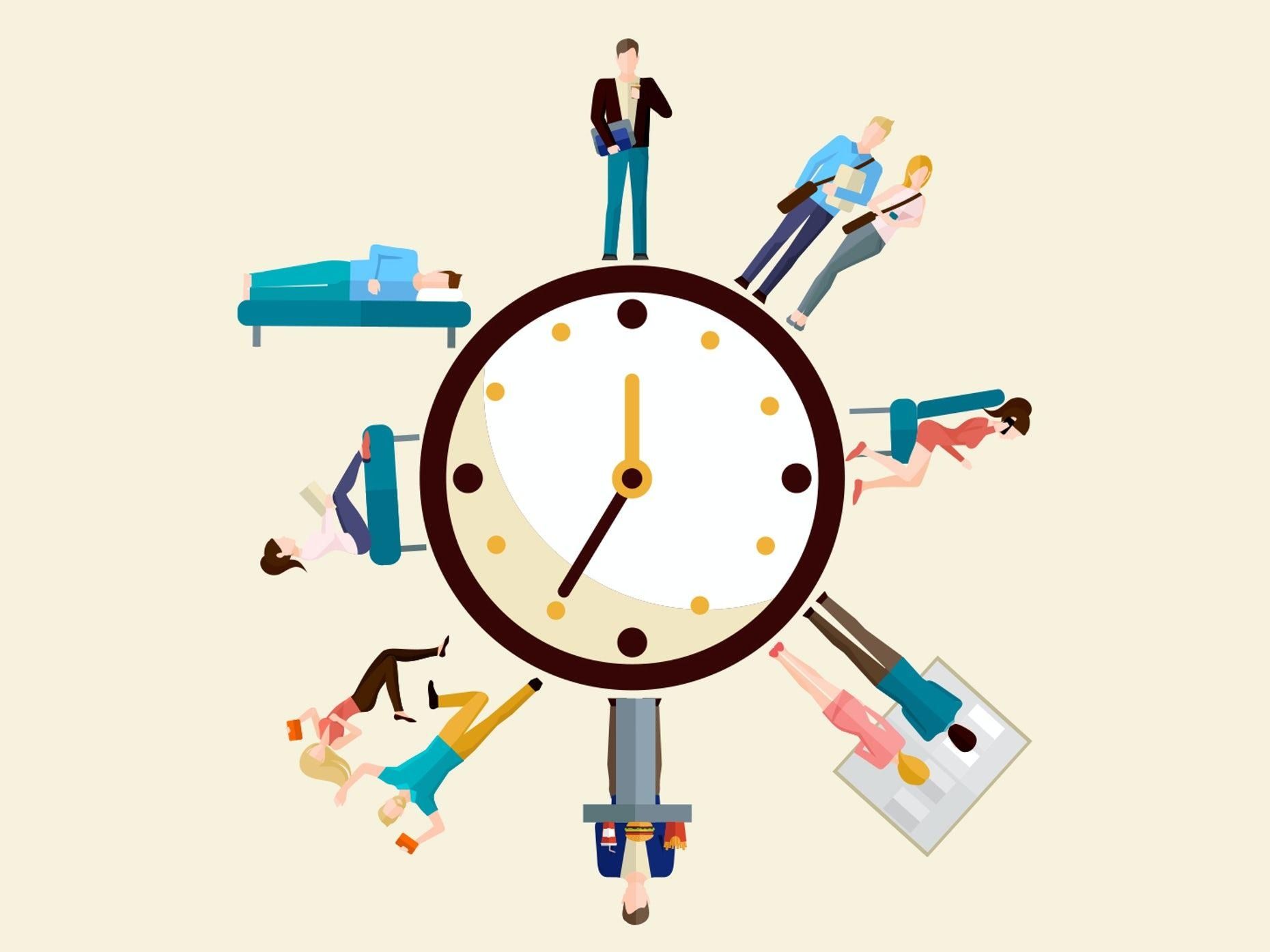

Embarking on a journey of self-improvement and productivity can be both exciting and challenging. Let’s learn more about this topic below with Pacman as we explore how to create a daily routine that maximizes productivity and wellbeing. In this comprehensive guide, we’ll delve into strategies, techniques, and habits that can transform your daily life and help you achieve your goals.
A well-structured daily routine is the foundation of a productive and fulfilling life. It provides a framework for organizing your time, prioritizing tasks, and maintaining a healthy work-life balance. By establishing a consistent routine, you can reduce decision fatigue, increase focus, and create a sense of stability in your daily life. Just as Pacman navigates through mazes with precision and purpose, a well-crafted routine can guide you through your day with clarity and efficiency.
Creating an effective daily routine requires careful consideration of your personal goals, responsibilities, and natural rhythms. It’s essential to strike a balance between work, personal development, leisure, and self-care. By doing so, you can optimize your productivity while also nurturing your overall wellbeing. Remember that a good routine should be flexible enough to accommodate unexpected events and changes in your life, much like how Pacman adapts to new challenges in each level.
The way you begin your day sets the tone for everything that follows. Establishing a consistent morning routine can help you start each day with energy, focus, and a positive mindset. Here are some key elements to consider incorporating into your morning ritual:
1. Wake up early: Set your alarm for a consistent time each day, preferably early enough to give yourself ample time for your morning routine. Aim for 6-8 hours of sleep to ensure you’re well-rested.
2. Hydrate: Start your day by drinking a glass of water to rehydrate your body after a night’s sleep. This simple act can boost your metabolism and help you feel more alert.
3. Exercise: Engage in light physical activity, such as stretching, yoga, or a brisk walk. Morning exercise can increase blood flow, boost endorphins, and improve your mood for the day ahead.
4. Mindfulness practice: Dedicate time to meditation, journaling, or simply sitting in quiet reflection. This can help you center your thoughts and set intentions for the day.
5. Nutritious breakfast: Fuel your body with a balanced, nutritious meal to provide energy for the day ahead. Include protein, complex carbohydrates, and healthy fats to keep you satiated and focused.
6. Review your goals and priorities: Take a few minutes to review your objectives for the day and prioritize your tasks. This mental preparation can help you stay focused and productive throughout the day.
By incorporating these elements into your morning routine, you can start each day with purpose and energy, much like how Pacman begins each level with renewed vigor and determination.
Once you’ve kickstarted your day with a solid morning routine, it’s time to focus on structuring your workday for optimal productivity. Whether you’re working from home or in an office, these strategies can help you make the most of your time:
Time blocking involves dividing your day into specific chunks dedicated to particular tasks or types of work. This technique can help you maintain focus and reduce the mental strain of constantly switching between different activities. For example, you might block out two hours in the morning for deep, focused work on your most important project, followed by an hour for responding to emails and messages.
Task batching is a related technique where you group similar tasks together and tackle them in one go. This could include things like making phone calls, scheduling appointments, or processing paperwork. By batching these tasks, you can leverage the power of momentum and reduce the cognitive load of context switching.
Both time blocking and task batching can be likened to Pacman’s strategic approach to clearing a level. Just as Pacman methodically clears one section of the maze before moving to the next, you can systematically work through your tasks with focus and efficiency.
The Pomodoro Technique is a time management method that involves working in focused 25-minute intervals (called “Pomodoros”), followed by short 5-minute breaks. After completing four Pomodoros, you take a longer break of 15-30 minutes. This technique can help you maintain high levels of focus and productivity while also preventing burnout.
To implement the Pomodoro Technique:
1. Choose a task to work on
2. Set a timer for 25 minutes
3. Work on the task with full focus until the timer rings
4. Take a 5-minute break
5. Repeat steps 1-4 four times, then take a longer break
This structured approach to work can be particularly effective for tasks that require intense concentration or creativity. It’s reminiscent of how Pacman moves through the maze in short bursts, pausing briefly between levels to recharge.
In today’s hyper-connected world, distractions are everywhere. To maintain productivity, it’s crucial to create an environment that supports focus and minimizes interruptions. Here are some strategies to consider:
1. Silence notifications: Turn off notifications on your phone and computer during focused work periods to avoid constant interruptions.
2. Use website blockers: Employ browser extensions or apps that block distracting websites during work hours.
3. Create a dedicated workspace: Designate a specific area for work, free from clutter and distractions.
4. Communicate boundaries: Let colleagues, family members, or roommates know when you need uninterrupted work time.
5. Practice mindfulness: When you notice your attention wandering, gently bring your focus back to the task at hand.
By implementing these strategies, you can create an environment that supports deep, focused work, much like how Pacman navigates through a maze undistracted by the ghosts that chase him.
While productivity is important, it’s equally crucial to maintain a healthy work-life balance. Your daily routine should include time for personal activities, relaxation, and self-care. Here are some key areas to consider:
Incorporating regular exercise into your daily routine is essential for both physical and mental wellbeing. Whether it’s a morning jog, an evening yoga session, or a midday workout at the gym, find a form of physical activity that you enjoy and make it a non-negotiable part of your schedule. Regular exercise can boost your energy levels, improve mood, enhance cognitive function, and reduce stress.
Consider varying your workouts to keep things interesting and target different aspects of fitness. You might alternate between cardio exercises, strength training, and flexibility work. Remember, consistency is key – aim for at least 30 minutes of moderate exercise most days of the week.
Maintaining strong social connections is vital for emotional wellbeing and overall life satisfaction. Make time in your daily routine for meaningful interactions with friends, family, and loved ones. This could involve:
. Scheduling regular video calls or phone conversations with distant friends or family members
. Having dinner with your family or roommates without distractions
. Planning regular social activities or outings with friends
. Joining clubs or groups related to your interests to meet like-minded people
Remember that quality is often more important than quantity when it comes to social interactions. Focus on nurturing deep, meaningful relationships rather than trying to maintain a large number of superficial connections.
Engaging in hobbies and personal interests is crucial for personal growth, stress relief, and overall life satisfaction. Make sure your daily routine includes time for activities that you genuinely enjoy and find fulfilling. This could be anything from reading, painting, playing a musical instrument, gardening, or even playing video games like Pacman.